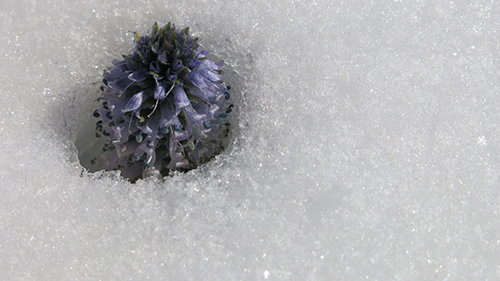
The Arctic tundra has a unique set of wildflowers and plants during the summer months.
Arctic TundraA treeless area between the icecap and the tree line of arctic regions, having a permanently frozen subsoil and supporting low-growing vegetation such as lichens, mosses, and stunted shrubs. Adaptations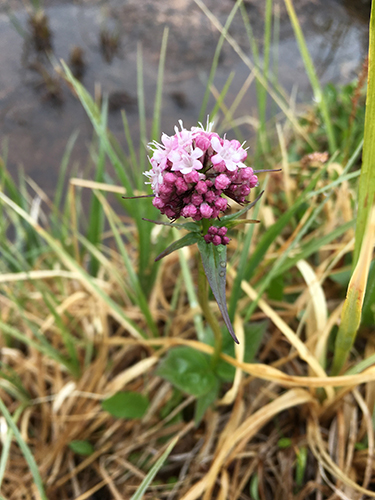
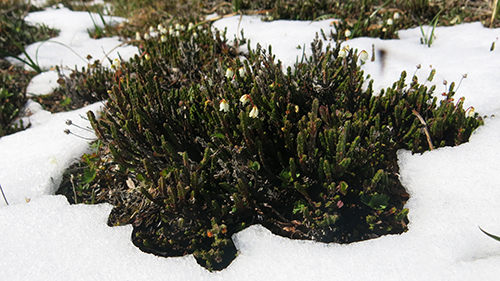
Plants in the tundra are usually nutrient limited, but have access to constant sun and water. TundraA treeless area between the icecap and the tree line of arctic regions, having a permanently frozen subsoil and supporting low-growing vegetation such as lichens, mosses, and stunted shrubs. flowers like poppies are heliotrophic and will move to with the angle of the sun. The plants are long-lived in the Arctic tundra. There is much competition between flowers and pollinators, which is why all the wildflowers are so bright and vibrant. Furthermore, there are many root adaptations and parasites that allow Arctic flora to flourish.
One of those root adaptations is seen through the tussocks. Tussocks are a type of plant commonly found in the Arctic tundra. They are shaped like 3D semi-circles and when walking across a field of tussocks it feels like someone put basketballs on the ground and placed a layer of carpet over it.
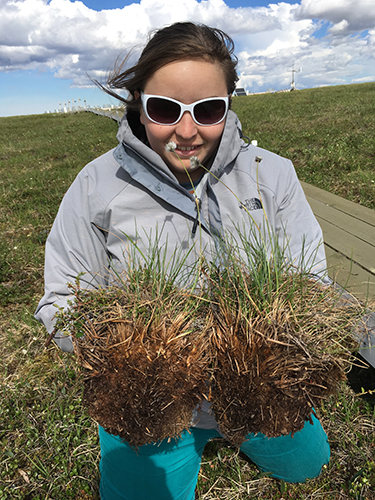
The tussocks have deciduous roots so they can regrow their roots every year. A useful adaptation in the Arctic tundra with such a shallow active layer for growth. Many researchers like Tom Parker are currently doing research on them and modeling how the effects of climate change will change the vegetation composition of the tundra.
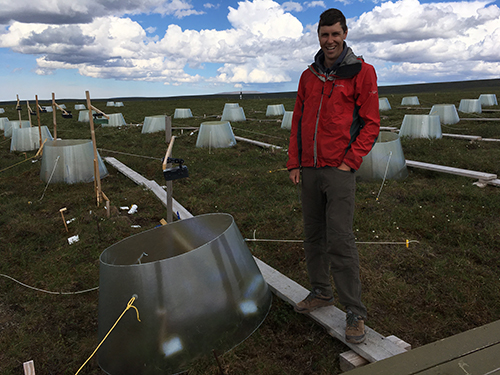
They also have a species of plant called a cottongrass.
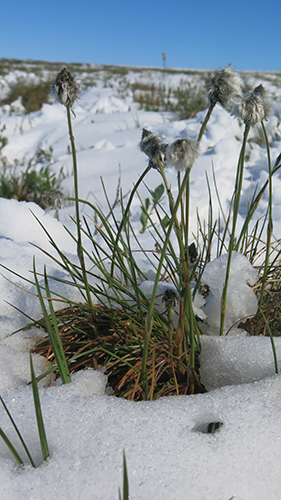
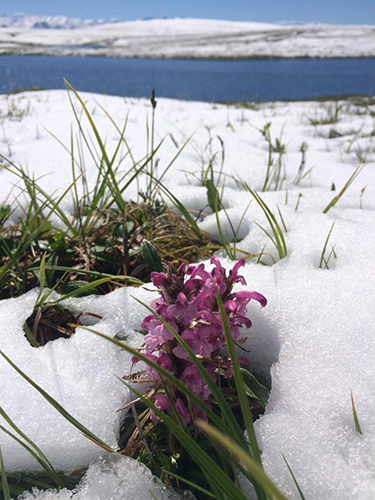
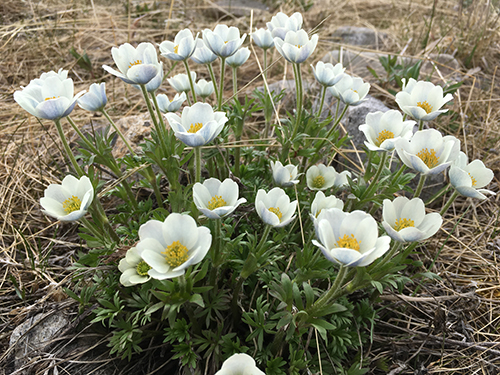
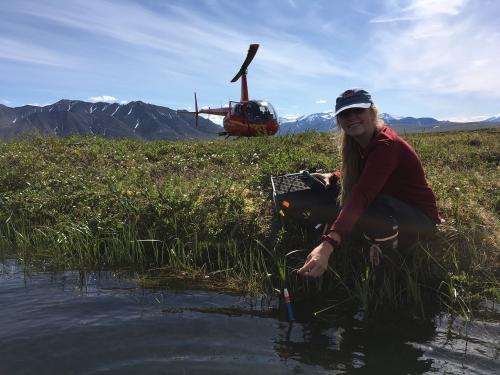
What inspired you to come up here? Johanne Albrigtsen
I grew up with stories of the Brooks Range and how my mom pursued her PhD here. She moved to Norway, where she became a post-doctorate researcher and professor and being born there and living in Norway established my love for the Arctic. The landscape is so different, so incredible. Its been fascinating to work with Dr. Crump and being able to do field work in biogeochemical cycling focusing on microbes has been really interesting.
My mom, Ann Marie Odasz, collected data for her PhD in the Brooks Range in the Arrigetch peaks, central Brooks Range area. My mom was studying vegetation in Alaska- and her love of arctic plants led her to Norway. She studied the white and black spruce and 40 other rare vascular plants. She was looking at water and nutrient relationships in lousewarts. She then studied lousewarts in Svalbard, Norway, which has a similar Arctic tundra plant environment. She was working with Indigenous Norwegian (Sami) group that herds reindeer, and see how later springs were changing the wildflower appearances and when they would have to move the reindeer for grazing purposes. She moved to Norway for her post-doctorate and her professorship.
I am proud to be following in her footsteps.


Comments